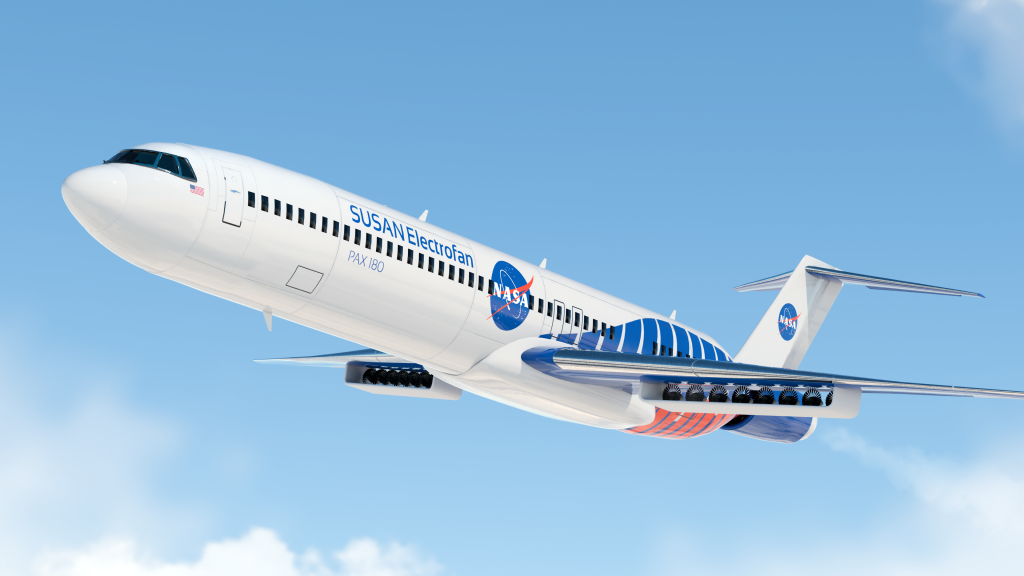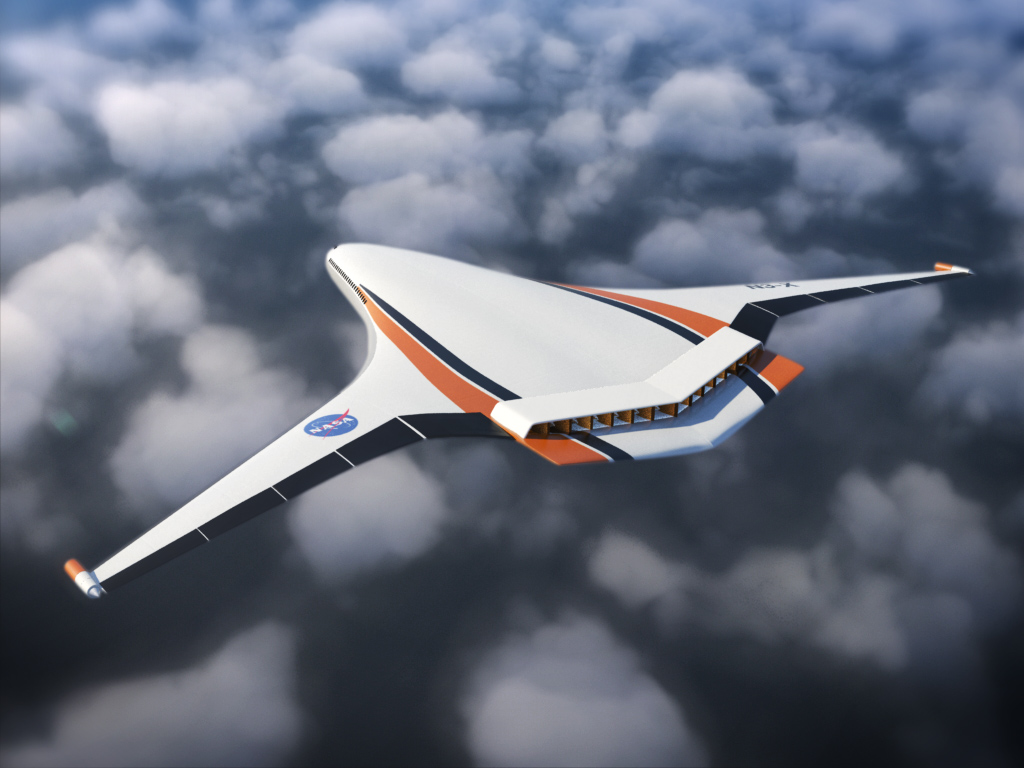
Wildfires in the United States are bigger, increasingly dangerous, and more costly than ever before. California and other states are facing a prolonged drought along with hotter temperatures brought about by a changing climate. This means once a wildfire takes hold, more acres succumb to intense flames, which puts more people and homes in harm’s way. But there are wildfire prevention and firefighting solutions that could help organizations better manage these emergencies.
That’s why NASA hosted a virtual Wildfire Management Workshop in May 2021 on behalf of the agency’s Aeronautics Research Mission Directorate. Members from across the agency along with the wildfire management community, including government, private, and academic organizations, gathered to share insights into the needs, challenges, and solutions to be more effective.
The findings from this workshop will help inform NASA’s contributions to future wildfire management and prevention efforts. NARI recently posted a report from this workshop to the agency’s website.
“From this workshop we learned more ways NASA can leverage our aviation expertise, technologies, and assets to better enhance others’ ability to detect and suppress wildfires,” said Robert Pearce, associate administrator of NASA’s Aeronautics Research Mission Directorate.
One possible contribution to help manage firefighting and mitigation efforts are the powerful NASA-developed decision support tools used to coordinate airspace operations. These tools, referred to as unmanned aircraft systems traffic management, or UTM, help manage large numbers of drones flying at low altitude, along with other airspace users. For example, NASA’s Scalable Traffic Management for Emergency Response Operations, or STEReO, research activity has been exploring the use of UTM technologies and concepts to improve collaboration and provides frontline firefighters the high-resolution, real-time information they need.
NASA’s aeronautics community is exploring additional ways to utilize its technologies on aircraft – including drones – and put them into service to help fight fires and collect data.
“Each year, millions of people across the globe are impacted by wildfires – fire management is a national priority, and NASA has a lot to offer,” said Parimal Kopardekar, director of the NASA Aeronautics Research Institute, or NARI, at the agency’s Ames Research Center in California’s Silicon Valley. “NASA is positioned to provide assistance and solutions – including tools for collecting data as well as data access and management, modeling, and collaboration – to better meet the needs of the firefighting community.”
NASA is assessing the workshop outcomes to identify opportunities for NASA to further support wildfire management, and could lead to leveraging NASA technologies to support other public disasters including volcanoes, earthquakes, or floods. Firefighters already benefit from NASA satellite data for remote sensing, instrumentation, mapping, data fusion, and prediction tools provided by NASA’s Science and Space Technology Mission Directorates.



































